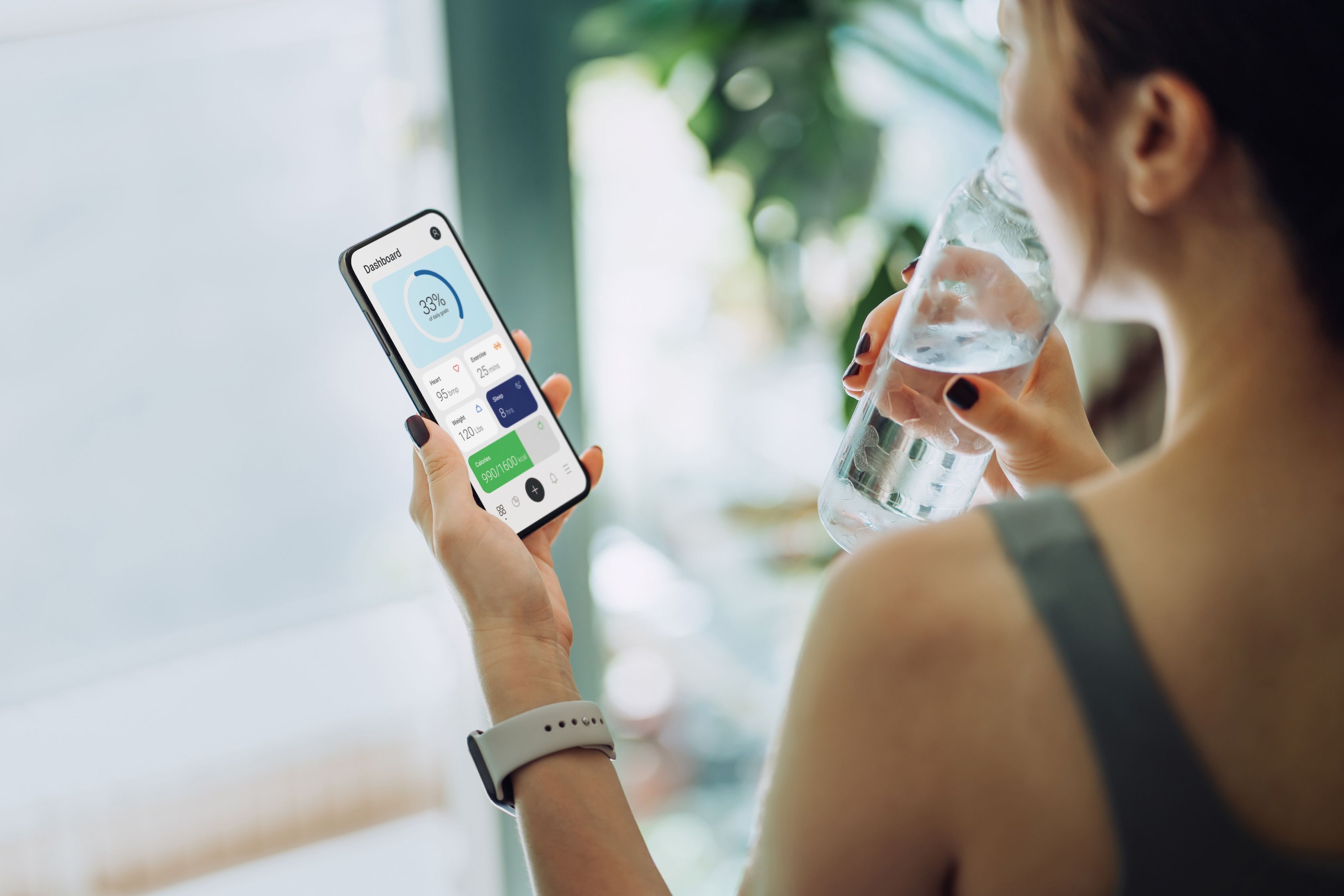Regular self-health checks at home can identify any early signs of health issues. Home checks such as pulse tests, blood tests, breast tests, checking your heart rate, blood pressure, blood sugar levels, skin check, waist fat measurement, testicular checks, etc., could be used to support the diagnostic process.
In an ideal world, everyone would have access to an affordable primary health care system with a general practitioner, or family doctors, to specialists and hospitals providing appropriate treatment. But in some countries, even the primary care system falls short. There might be a lack of health care, treatment could be expensive, and many other reasons. Virtual health makes primary care accessible to millions worldwide by giving them remote access to health care specialists through video chat on computers and mobile devices. The personal health check could be used to support the diagnostic process. You can perform easy self-screenings that can clue you into your risk for health issues like heart trouble and cancer.

How to Check Your Health At Home?
Well, it can be more simple than you think. Whether or not you have access to virtual care and wherever you live, there’s a lot you can do at home to monitor your and the health of your loved ones. These basic health check-ups can be easily incorporated into daily routine medical care to track your health and monitor ongoing conditions. And if you need medical advice, you will have useful information to share with your health care specialist.
-
- Check Your Temperature– You need to take a temperature if you think you have a fever. The normal temperature for an adult is around 37 degrees Celsius (97 degrees F), but this also varies according to age, time of day, fitness level, diet, and from which part of the body you are taking the temperature. Older people tend to have lower body temperature. So even when sick, their body temperature may not reach typical feverish levels. Invest in a good thermometer for accurate readings. A high temperature means you could be battling an infection, whereas a lower than usual temperature could be due to health issues like diabetes, liver disorder, or hypothyroidism.
- Blood Test – You can save your trips to the doctor with various tests done at home. Home blood tests can indicate allergies, thyroid issues, cholesterol levels, and even HIV. If you get positive results, contact your doctor straight away.
- Checking Your Heart Rate – Resting your heart rate first in the morning will provide insight into overall health. Checking pulse means how many times your heart beats in one minute. According to research studies, individuals with higher resting rates have a greater heart attack risk than those with lower resting pulses. A rapid resting heart rate could also indicate a heart condition, particularly if you think your heart is beating fast or skipping beats.
- Blood Pressure Check – High blood pressure, also known as hypertension, is among the major reasons that contribute to heart attacks, strokes, heart failure, and kidney disorders. Often, the condition has no warning signs, so checking your blood pressure is important. Blood pressure devices are easy to use; ensure you are in a calm environment when performing the test. Blood pressure between 90/60 and 120/80 mmHg is considered normal. If your blood pressure is high, you can help by cutting salt and alcohol intake, eating a balanced diet, exercising, and managing your body weight. You should also see for medical advice. Your doctor will prescribe medicine s after analyzing your condition. You can then buy medicines online to manage blood pressure levels.
- Checking Blood Sugar Levels – Diabetes is often associated with heart disease, kidney disease, stroke, dental disease, and blindness. You can buy a blood glucose test kit. If you have common signs of diabetes, such as increased thirst, headache, blurred vision, and dry mouth, consult a doctor.
- The waist test is important for a healthy weight, but you should also ensure you don’t carry too much fat near your waist. This further increases the risk of cardiovascular health disease, type 2 diabetes, and insulin resistance. Measure your BMI (Body Mass Index). You should try to lose weight if your waist is 37 inches or more for men and more than 31 inches for women. Consult your health care specialist to receive a weight reduction program.
Make a standing date with your body, and start doing these simple medical check-ups at home, which takes a few minutes. You can perform easy self-screenings to support your health and identify any issues in the body. Research shows patients are often the first to notice when something feels off regarding their health.
Also Read: Top FAQS To Know About Retin A Creams



